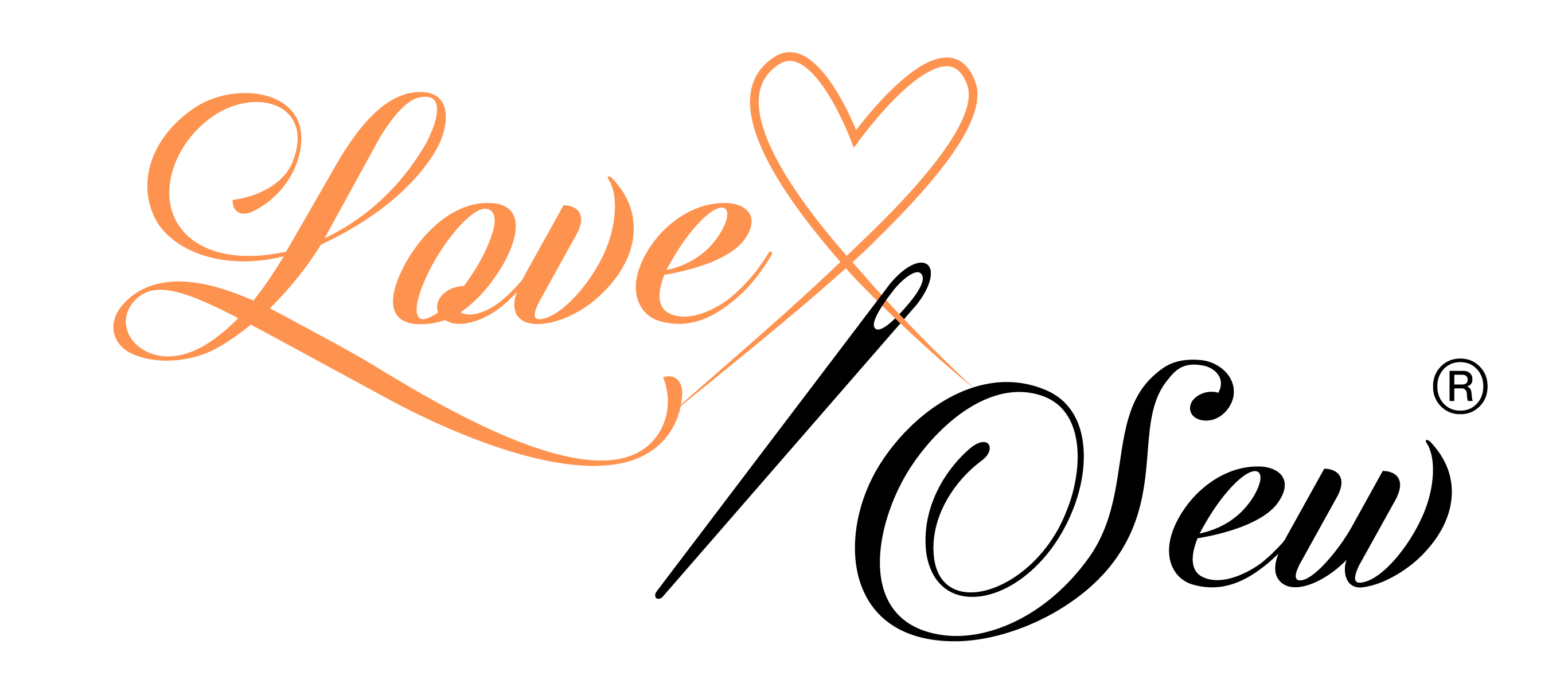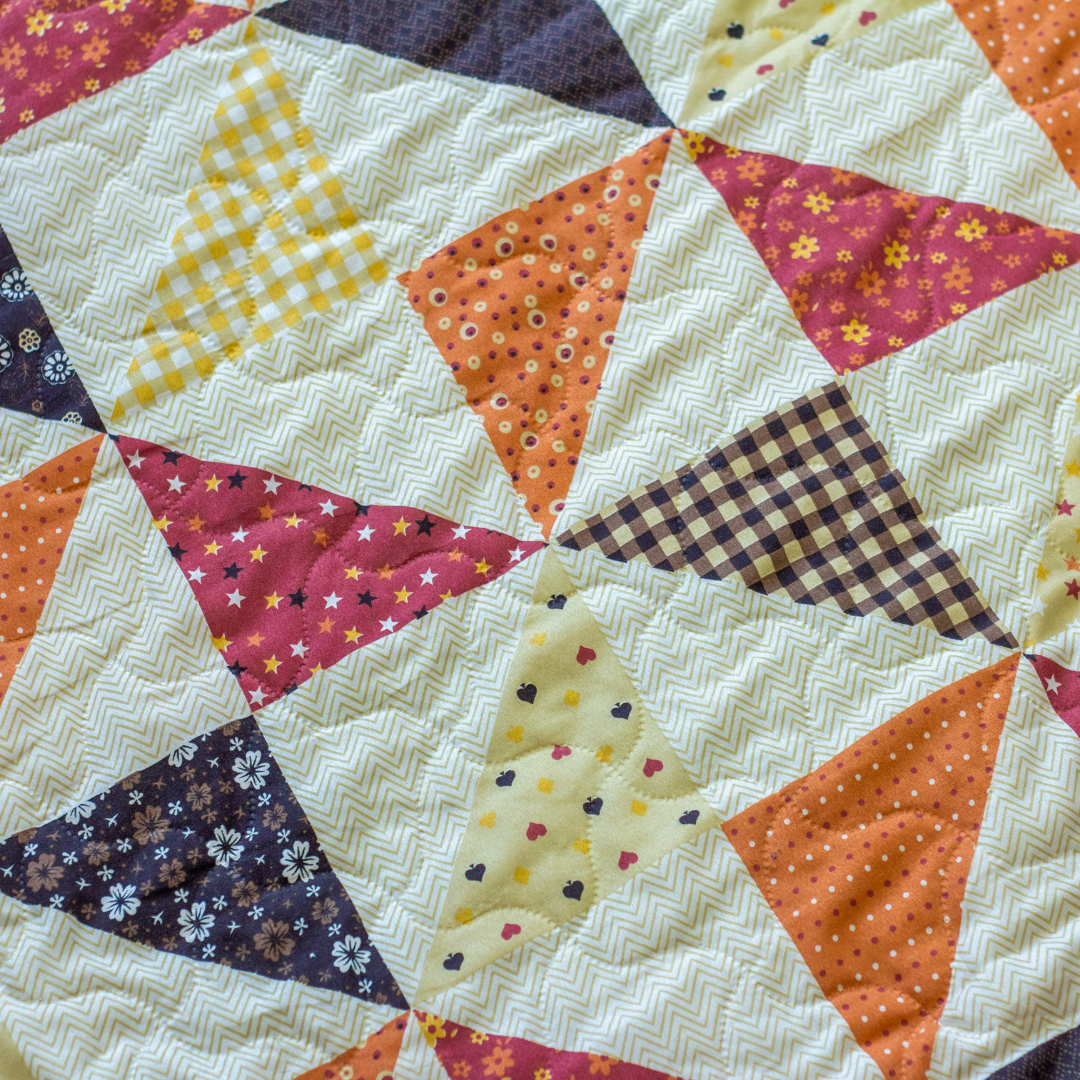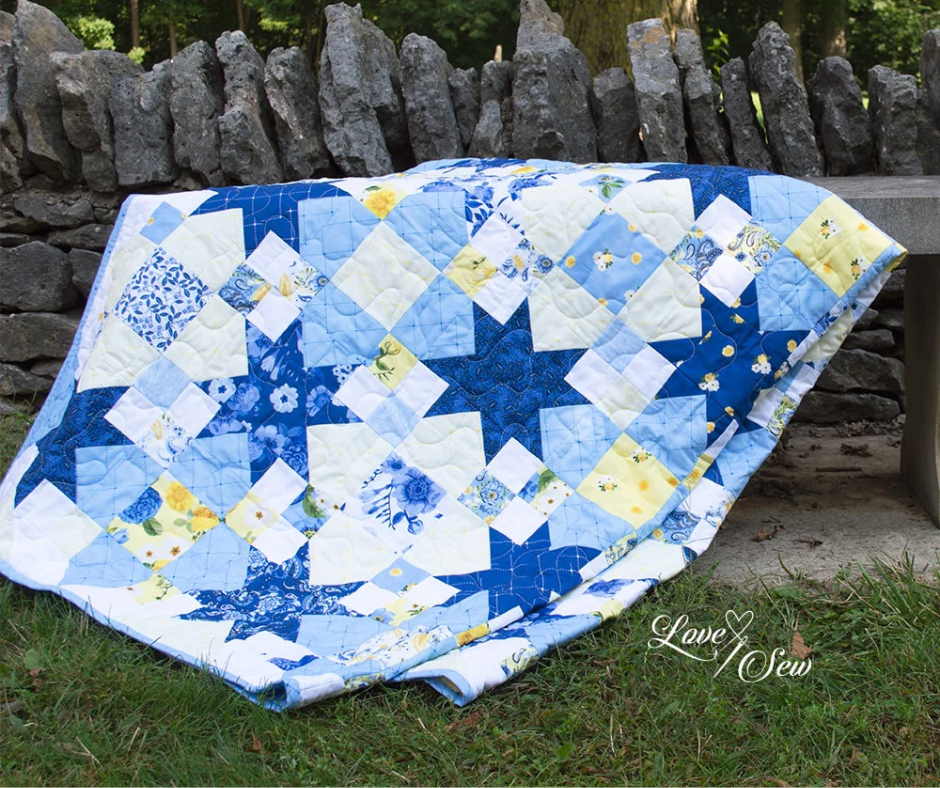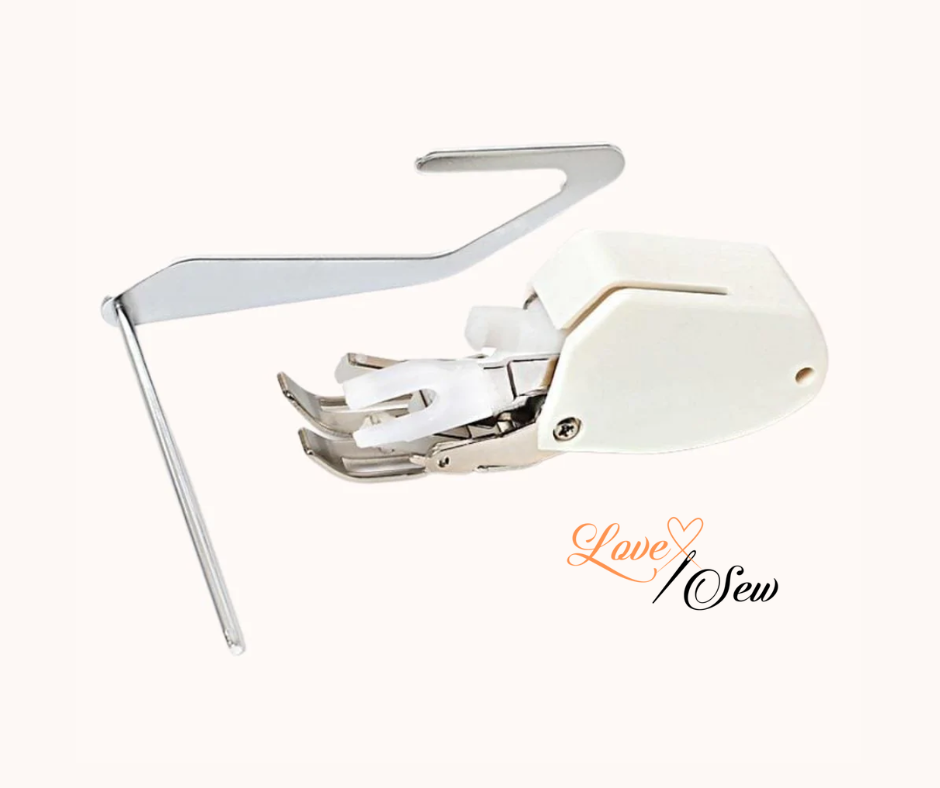The quilting world is full of confusing lingo. We recently wrote about all the perplexing names there are for precut bundles. Today, we wanted to go over some of the most common quilting terms you’ll come across when reading patterns and quilting blogs.
Scan through this list and see if you know what all these quilting terms mean. Even if you’ve been quilting for a while, you might learn something new!
Appliqué: Attaching small pieces of fabric to a background fabric to create pictures or decorative patterns. There are three types of appliqués — machine appliqué, hand appliqué, and fused appliqué.
Backing: The back layer of a quilt. Typically, the backing matches or coordinates with one of the fabrics used on the quilt top.
Basting: A temporary method for holding layers of a quilt together. Common basting methods include basting spray, safety pins, or long stitches sewn around a quilt that are later removed.
Batting: The thick layer that is sandwiched between the top of your quilt and backing. The most common types are cotton and cotton/polyester.
Bearding: Small fibers from a quilt’s batting that poke through the quilt top or backing and become visible.
Binding: Strips of fabric that are sewn around a quilt to hide the raw edges and finish the quilt.
Chain Piecing: Sewing blocks together without stopping to cut threads between each piece. This batching helps you sew faster.
Clapper: A piece of wood used when ironing to set seams and remove moisture from quilt blocks.
Corner Setting Triangles: Half-square triangles that are positioned in the corners of a quilt block that has blocks on point.
Cornerstones: Squares of fabric used to transition from one piece of sashing to another.
Darning Foot: A presser foot with an open-toe design so you can see where you’re stitching for free-motion quilting.
Dog Ears: Points that extend beyond the seam allowance on a quilt block, such as when sewing triangles. You’re often told to trim them off to reduce bulk.
English Paper Piecing (EPP): A hand-piecing method that involves using paper templates to guide where to turn fabric for blocks before sewing them together.
Finger Pressing: Just as it sounds, using your finger instead of an iron to press a seam.
Flying Geese: A rectangular quilt block created with a 90° triangle in the center.
Foundation Piecing: Assembling your blocks on a piece of plain fabric to add strength and stability.
Free-Motion Quilting: A process used to stitch layers of a quilt together by machine with a darning foot and feed dogs lowered. The quilter moves the fabric layers to create a pattern.
Fusibles: Glue-based materials that are activated by heat to bond layers of fabric together, such as interfacing and webbing. Fusibles are commonly used in appliqué work.
Fussy Cut: Cutting out specific areas of fabric to isolate images or motifs for use in a block.
Half-Square Triangles (HST): A triangle that is made from cutting a square in half diagonally from corner to corner.
Hanging Sleeve: A tube that is sewn to the back top of a quilt that allows it to be hung on a wall.
Improv Piecing: Cutting fabric as you need it with no defined plan beforehand.
Loft: The thickness and density of your batting. Polyester batting typically has a higher loft than cotton batting.
Mitered Corners: Folding the binding at the corner of a quilt to join it together at a 45° angle.
Nesting Seams: Pressing the seams of quilt blocks in opposite directions to reduce bulk.
On Point: A square block that is turned on its point to form a diamond-like shape.
Patchwork: The basic method of sewing blocks together to make a quilt.
Piecing: Sewing pieces of fabric together for a quilt.
Prairie Points: Folded triangles that are aligned along the edge of a quilt for a border.
Quilting Foot: A presser foot designed specifically for making ¼” seams.
Quilt Sandwich: The three layers of a quilt put together — top, batting, and backing.
Sashing: Strips of fabric that separate individual blocks in a quilt.
Satin Stitch: A narrow zigzag stitch often used around appliqué pieces.
Scrim: A loosely woven net on some quilt battings that minimizes shifting.
Starch: A spray used to stiffen fabric while ironing.
Stitch in the Ditch: Quilting in the seam between two pieces of fabric on a quilt top.
Tying a Quilt: Using thread or yarn knots to hold the layers of a quilt together.
Walking Foot: A special presser foot to help keep thick quilt layers together when quilting.
This is by no means a comprehensive list of quilting terms, but we tried to include the most common ones. Feel free to share any more quilting terms you think people need to know in the comments below!
If you’re brand new to quilting, you might also want to read through our Ultimate Quilt Making Guide from Start to Finish.




7 comments
Teresa L Muntz
Thank you for a nice printable to share with our guild of young members.
Phyllis Pearson
Thank you for the list. I knew most of them but not all. Good reference!
Leave a comment
This site is protected by hCaptcha and the hCaptcha Privacy Policy and Terms of Service apply.